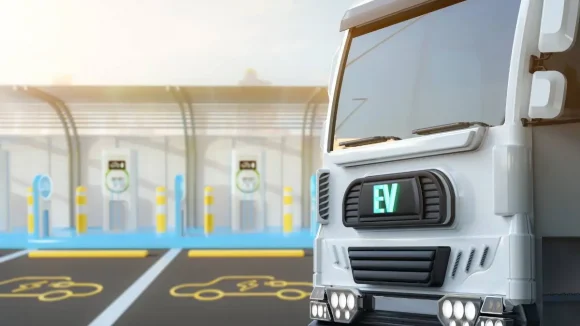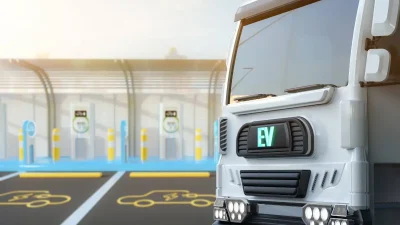Trucking is huge in the United States. According to Uber Freight’s recent white paper, approximately four million heavy-duty trucks travel more than 177 billion miles per year, creating over 260 million tons of greenhouse gas (GHG) emissions.
Despite a global shortage of truck drivers – and the barrier for entry for women and youth being higher than ever – trucking demand is expected to increase by 50% by 2050.
ALSO READ: Addressing the underrepresentation of women in trucking
In a survey conducted by FreightWaves and Uber Freight, “13% of shippers in the US indicated that they are currently utilizing electric trucks, and 77% indicated that they are either considering them today or in the future.”
The future is looking green, indeed.
The electrification of trucks
A white paper titled ‘What can Uber Freight data tell us about the future of electrification’ shows how the electric trucking sector has been growing since the introduction of the first commercially available Heavy Duty Battery Electric Vehicle (HDBEV) in 2017.
These HDBEVs had “a payload capacity of 10 tons and a range of 76 miles on a single charge.” Soon, Kenworth, Peterbilt, Volvo, Tesla, Nikola, and Daimler introduced their own electric trucks.
Most electric trucks today have higher payload capacities, and they can manage 500 miles on a single charge. That said, there is “still a gap between their maximum payload and that of a regular diesel truck,” Uber Freight notes.
“While we expect this gap to improve as battery technology matures, it will persist for several years, impacting mostly long-distance freight.”
Adoption and market potential
The growing interest in HDBEVs aside, adoption of these technologies remains constrained. This is largely due to the upgrades required to expand infrastructure. And with a lack of charging infrastructure, electric vehicles and trucks are limited by range.
On the upside, local hauls shorter than 150 miles are implemented across the US. Uber Freight says: “In our representative data set of 500,000 shipments, local hauls account for 26% of the total loads. […] Los Angeles, Ontario, Atlanta, Dallas, and Elizabeth/New York markets account for 23% of the local hauls in our data, and 19% of the local miles traveled.”
In addition, “more than 8% of all facilities process more than 1,000 short hauls per year, which makes them viable locations for charging infrastructure.”
Electrification strategies
More charging stations and truck stops are needed for carriers to fully adopt HDBEVs. These stops must be located outside metropolitan areas for larger travel coverage and operational range.
Building these charging stations will rely on several factors:
- Distribution of delivery windows.
- Hours of service.
- Meal times.
- Available parking.
- Grid readiness.
What would this look like? Uber Freight explains: “In the early stages, most charging stations will likely be private, and housed at carrier depots. However, public and shared chargers can complement private ones, and accelerate adoption by eliminating the financial barriers for carriers that cannot invest in private chargers.”
“Electric trucks are already here. But like any other innovative technology, adoption will evolve gradually over time. While shippers are enthusiastic about this technology, carriers are still wary about committing to expensive HDBEV assets, especially given the lack of public charging stations and limited range,” the white paper concludes.
View the full report here:
NOW READ: How alternative fuels are revolutionizing transportation
About the author
Cheryl has contributed to various international publications, with a fervor for data and technology. She explores the intersection of emerging tech trends with logistics, focusing on how digital innovations are reshaping industries on a global scale. When she's not dissecting the latest developments in AI-driven innovation and digital solutions, Cheryl can be found gaming, kickboxing, or navigating the novel niches of consumer gadgetry.











